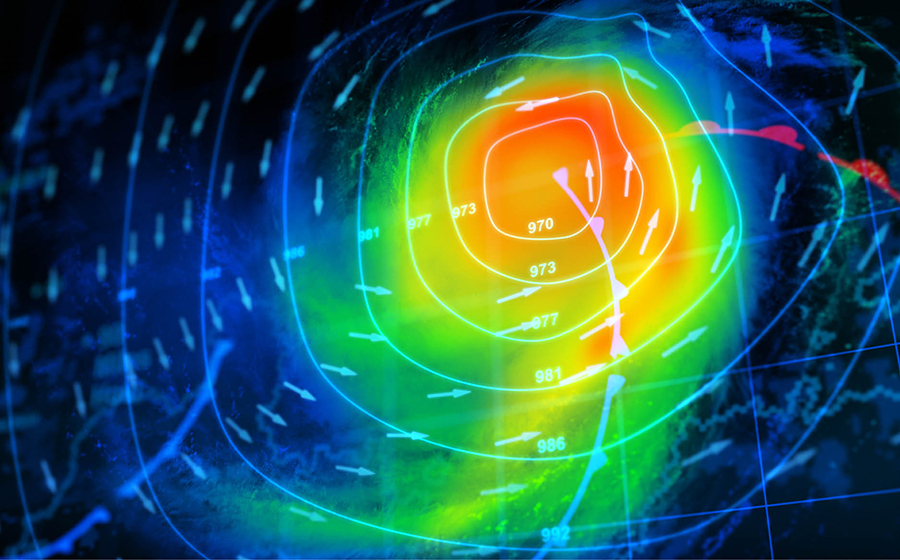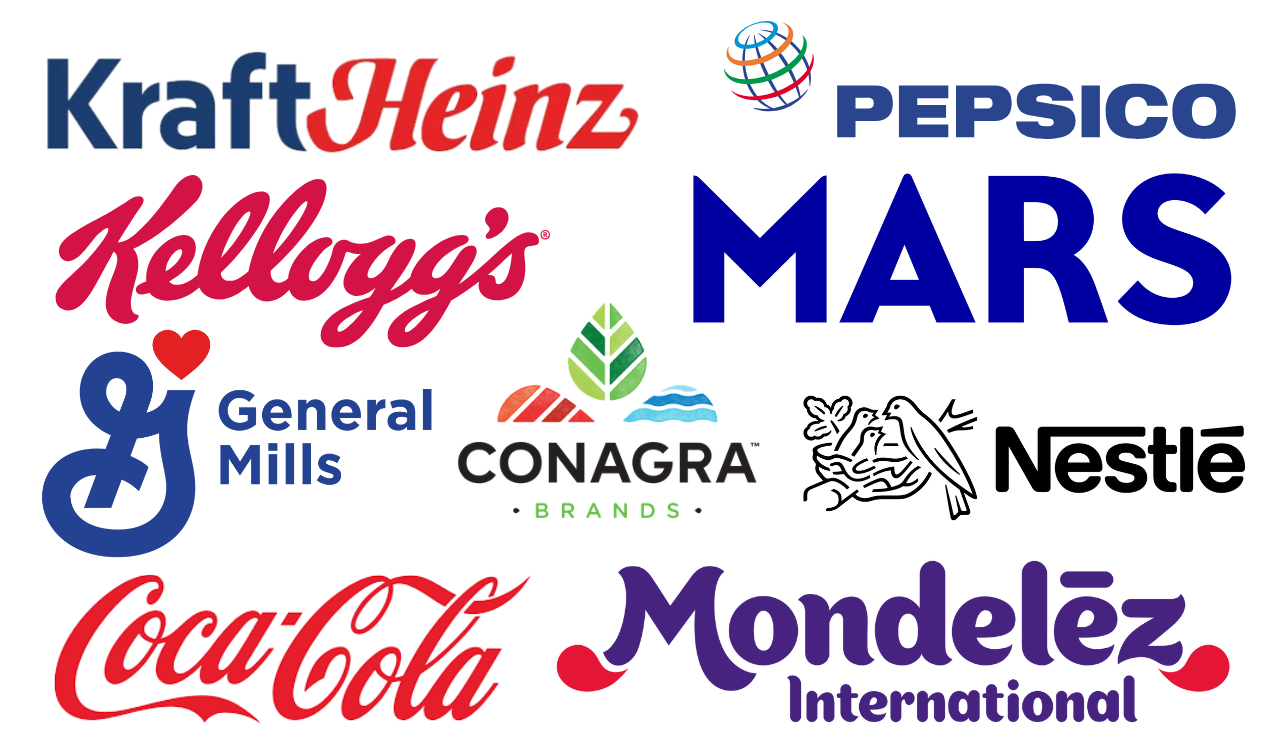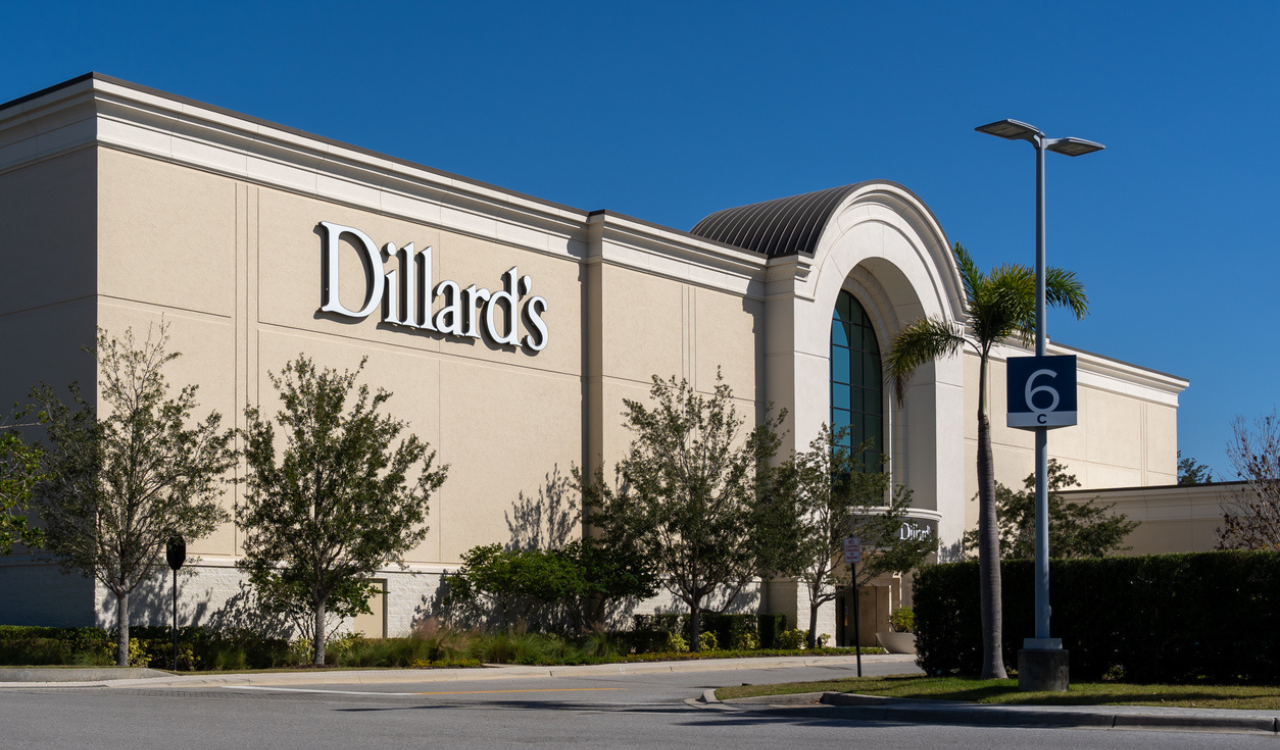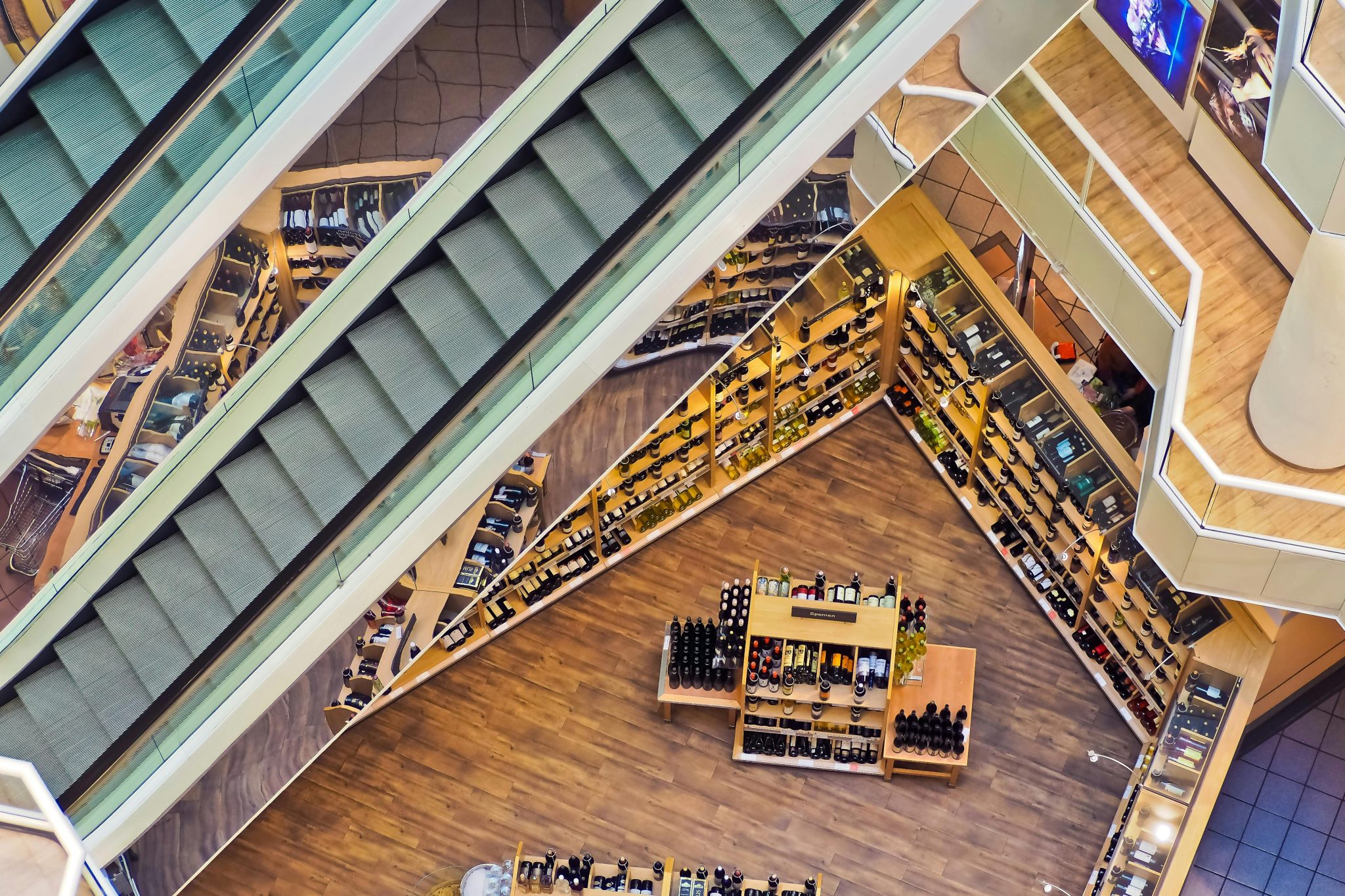We’ve all heard it thousands of times in earnings calls. “Unfavorable weather conditions” are a popular excuse as to why sales are down, and profits not realized. Quarter after quarter, year after year, this straw man is trotted out, and shareholders and investors buy it. After all, the weather in that earnings period was pretty bad.
But IBM\’s global director of consumer weather Paul Walsh says that excuse can\’t fly anymore. \”We now have the data, forecasts, and ability to measure precisely what the weather will mean in terms of what consumers will be wanting and buying so we can change our businesses and our results accordingly.\”
Walsh knows what he is talking about. He served for10 years as chief meteorologist in the U.S. Air Force until 1994, then moved over into civilian life to develop weather-based decision and planning tools for retail, CPG / FMCG, pharmaceutical, restaurant and financial services companies. This led to The Weather Company and now IBM. He quips, \”We were big data before big data was cool.\”
Weather Can Make or Break You
\”Weather has a significant impact on humans, so it has a big impact on retailers. It\’s always been so,\” Walsh says. \”What\’s changed is that because of new weather data assets and our technology, we are better able to manage how weather\’s impact is going to shape what people are going to be wanting and needing.\”
Retail and CPG executives understand that conceptually, but too few are actually doing something about it. They have the ability to change the weather from an uncontrollable circumstance into a strategic asset to grow business by servicing customers are their point of need. \”You can\’t change the weather, but you can change how the weather affects your business,\” Walsh shares.
To understand how retail and CPG executives are using weather as a strategic asset, IBM surveyed 1,000 C-level executives globally across 13 industries, including a sample of retail and consumer product executives. The results are available in a report entitled \”Just Add Weather: How Weather Insights Can Grow Your Bottomline.\”
Overwhelmingly, the retail and CPG executives surveyed believe that improved weather insights can reduce annual operating costs (99 percent) and more than 90 percent believe that improved weather insights can positively impact revenue growth.
But the survey also reveals many of these executives are talking out of both sides of their mouths. Over two-thirds (67 percent) said they are uncertain how using weather data can create value.
Walsh has the answer: \”By integrating weather data into the ERP (Enterprise Resource Planning) systems, they can influence the way they are distributing products from the warehouse into stores based upon expected demand,\” he explains.
\”And they can use that weather data to shape the messages they send to the customers about what they are going to want as the weather changes. By doing that, they\’re able to have the products in-store where and when customers are going to be needing them and be better able to influence how they\’re talking to their customers in anticipation of a weather change,\” Walsh continues.
Measuring Results
IBM data shows just how much weather data can add to sales. For retailers having weather data integrated into its systems, it can add conservatively between 10 to 14.5 percent revenue gain. However, best performers see between a 22 to a 26 percent improvement. That translates into a $45 million to upwards of $75 million in added revenue for a retailer doing $1 billion in sales. In addition, IBM found that CPG companies with $1 billion in sales that reduce their monthly sales forecast errors by only 2 to 5 percent can see revenue growth of $15 million or more.
What is holding many companies back from realizing these results is the perception that integrating weather data into operational processes is difficult (58 percent), as well as wide-spread uncertainty about how to use weather data in decision making (56 percent). However, some 40 percent of the executives surveyed have overcome these challenges by having staff dedicated to analyzing and using weather data.
The key, according to Walsh, is not to focus on just having weather data, but to focus on decision support based upon that data. \”The impact for a business can be huge – for example, a 2 percent increase in revenue for a $10 billion retailer is $200 million – but they need to create an overarching weather/climate strategy and execute on smaller and more manageable products,\” he says. \”Retailers need to think big and start small.\”
How Retailers Get Ahead of the Weather
U.K.\’s Marks & Spencer has put weather insights to work to manage its diversified business. \”They are using weather to create more resilience in their supply chain. They get weather reports from us daily and use that information to make decisions every day about distribution and pricing,\” Walsh shares.
Besides powering better inventory distribution, advanced weather data can help retailers break through the media noise to develop marketing messages that stick. For example, a national drug store chain is using weather data to predict where illnesses are likely to strike. It allows them to engage customers in advance about what over the counter and prescription drugs should be on hand.
An outdoor footwear retailer studied how weather impacted sales and traffic in its stores, then leveraged those insights to drive awareness of their line of work boots when and where people are most likely to need them. Store visits got a 41 percent lift as a result. \”During the winter footwear retailers call snow \’white gold\’ because it gets people to come in and buy boots,\” Walsh says.
And it\’s not just when winter weather threatens that retailers need to be on the alert. Two leading brands of ice cream brands combined weather analysis with the company\’s sales data to anticipate when regional conditions predicted shoppers would want to buy more ice cream. They were able to serve relevant messages to consumers locally that generated a 26 percent lift in sales. The company was also able to adjust store deliveries in real-time to meet demand.
Consumers\’ Relationship with Weather is Changing, so Retailers\’ Relationship Must Also
It makes sense that changing weather conditions will impact what products consumers will be shopping for, like boots when it snows or ice cream when it gets hot. But research shows that weather influences consumers\’ moods which in turn impacts their spending. \”That\’s always been so,\” Walsh says, but adds that weather is having an even greater impact on consumer behavior than ever before. \”Today people can plan their lives around the weather, especially now that we all carry a super accurate weather forecaster in our pockets, called a smartphone,\” he notes.
He also believes that social media is amplifying the influence of weather. \”Everybody seems to Tweet or Facebook about the weather.\” People\’s growing concern about climate change is adding fuel to the social media fire. \”They are taking more notice and thus messaging about not just major weather events, but mediocre ones as well,\” he says.
Because consumers are hyper-attuned to the weather, it calls on retail companies to do the same. \”When we start talking about the things that we can or cannot predict, the weather turns out to be one of the most predictable things in our world. We are getting really, really good at forecasting the weather. Because consumers are using weather as a planning tool for their lives, retailers and CPG companies need to use it as a planning tool for their businesses,\” Walsh says. \”This is what I call the \’forecast factor,\’ and it is becoming increasingly important for companies to understand.\”





